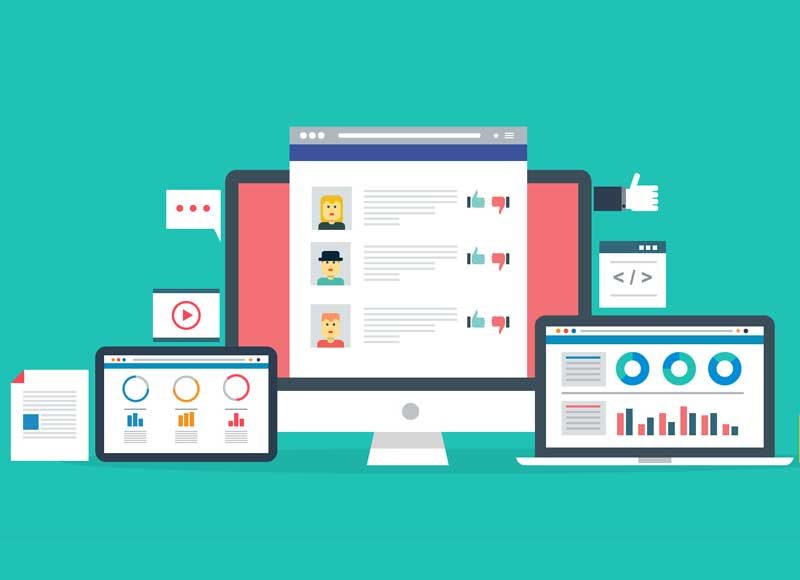Jira is a powerful tool for managing and tracking projects, but it can also be used for analytics and reporting. By leveraging the data captured in Jira, teams can gain valuable insights into their work and make more informed decisions. This blog will explore some key benefits of using Jira for analytics. Click here to learn more.
Streamlined data collection and analysis:
With Jira, all of your project data is stored in one central location. This makes collecting and analyzing data easy, as you don’t have to worry about manually inputting data or juggling multiple spreadsheets.
Customizable reports
Jira allows you to create custom reports that reflect the specific data and metrics you want to track. You can choose from various report types, including pie charts, bar graphs, and burn-down charts, and tailor the data displayed to your needs.
Real-time data:
Jira provides real-time data so you can see up-to-date information on your projects anytime. This is especially useful for tracking progress and identifying potential issues early on.
Improved project visibility:
By using Jira for analytics, team members can get a clear view of what’s happening in their projects and how their work is contributing to the team’s overall goals. This increased visibility can help improve communication and collaboration within the team.
Enhanced decision-making:
With access to data-driven insights, teams can make more informed decisions about their projects. For example, you might use Jira data to identify areas where the team is spending too much time or to discover patterns in defects or issues.
Enhanced collaboration:
Jira’s analytics features can help teams collaborate more effectively by providing a shared view of project data. For example, you can use Jira’s “Team Performance” report to see how much work each team member is completing and identify any bottlenecks or areas for improvement.
Time-saving:
By automating data collection and analysis, Jira can save teams significant amounts of time that would otherwise be spent on manual data entry and analysis. This frees time for more valuable tasks, such as problem-solving and decision-making.
Increased efficiency:
By using Jira to track and analyze data, teams can identify inefficiencies and areas for improvement in their processes. This can help teams work more efficiently and get more done in less time.
Better forecasting:
Jira’s analytics features can help teams forecast future performance and identify potential issues before they become problems. For example, you can use Jira’s “Version Report” to see how much work is planned for each version and identify potential resource constraints.
Improved customer satisfaction:
By using Jira to track and analyze data, teams can quickly identify and resolve issues, leading to improved customer satisfaction.
Follow Technoroll for more!





